Is Syngonium an Indoor Plant? | Syngonium Care
Popular trailing houseplant Syngonium has lovely heart-shaped leaves. This subtropical plant, sometimes known as the Arrowhead, is adaptable and simple to care for, making it a great interior plant for the home or office.

Table of Contents
Is Syngonium an Indoor Plant? A Comprehensive Guide
Syngonium, often referred to as the Arrowhead plant, is a popular choice among plant enthusiasts. Its attractive foliage and ease of care have made it a common sight in homes and offices. But is Syngonium truly an indoor plant? In this comprehensive guide, we will delve into the world of Syngonium, exploring its suitability as an indoor plant, care tips, benefits, and much more.
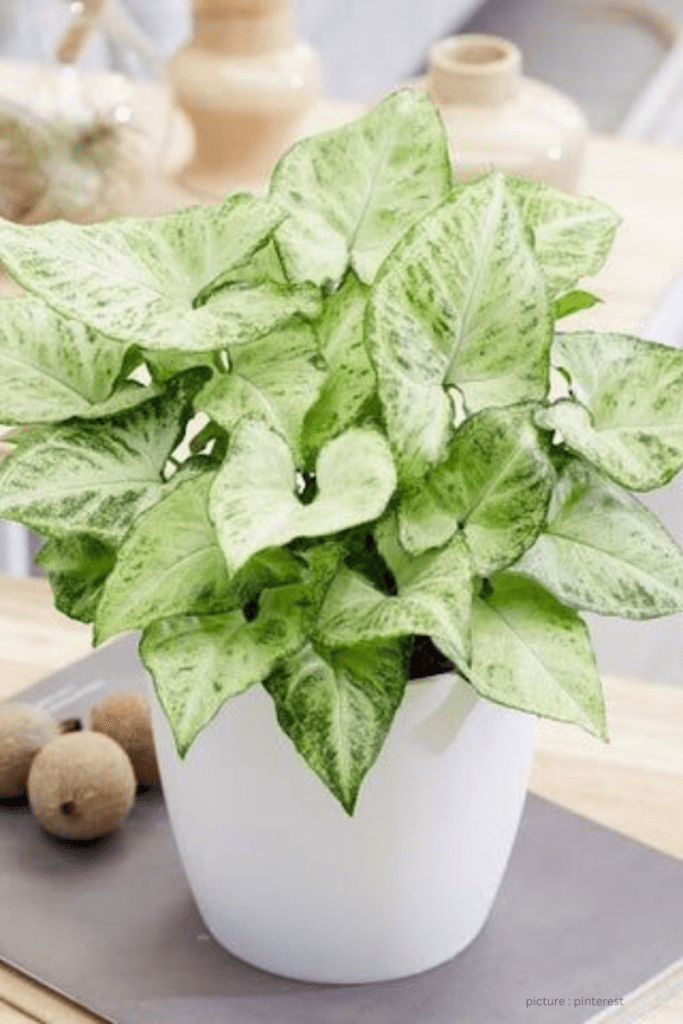
Syngonium: The Ideal Indoor Companion
Syngonium, with its vibrant green leaves, is indeed an excellent choice for indoor gardening. Here’s why:
- Syngonium’s Adaptability
Syngonium is well-suited for indoor environments. It thrives in moderate lighting conditions, making it perfect for homes and offices with limited natural light. Its ability to adapt to varying light levels sets it apart as an ideal indoor companion.
- Low Maintenance
One of the key reasons people opt for Syngonium as an indoor plant is its low maintenance requirements. It doesn’t demand constant attention and can tolerate occasional neglect, making it suitable for both beginners and experienced plant enthusiasts.
- Air-Purifying Properties
Syngonium isn’t just aesthetically pleasing; it also contributes to cleaner indoor air. This plant is known for its air-purifying abilities, helping to remove harmful toxins and improve air quality.
- Varied Growth Patterns
Syngonium offers a range of growth patterns, from trailing vines to more upright, bushy forms. This versatility allows you to choose the variety that best fits your indoor space.
- Stylish Foliage
The distinct arrowhead-shaped leaves of Syngonium add a touch of elegance to any interior. Its leaves come in various shades and patterns, making it a visually appealing choice for indoor decoration.

15 Common & Rare Syngonium Varieties
1. Syngonium Pink allusion
2. Syngonium White Butterfly
3. Syngonium Aurea Variegata
4. Syngonium Albolineatum
5. Syngonium Mini Pixie
6. Syngonium Emerald Gem
7. Syngonium Confetti
8. Syngonium Wedlandii
9. Syngonium Silver Pearl
10. Syngonium Angustattum
11. Syngonium Erythrophyllum
12. Syngonium Trileaf Wonder
13. Syngonium Tricolor
14. Syngonium Batik
15. Syngonium Green Gold Allusion

Syngonium Care: Tips for Success
Light Requirements
To keep your Syngonium healthy, place it in bright, indirect light. Avoid the sun’s direct rays since they can burn the foliage. Low light conditions are also tolerable but may result in slower growth.
Watering
Syngonium prefers slightly moist soil. Before watering, let the top inch of soil dry off. To avoid root rot, it’s crucial to maintain the proper balance between watering and soil moisture.
Temperature and Humidity
Maintain a temperature range of 60-75°F (15-24°C) for your Syngonium. It appreciates moderate humidity levels, so consider using a humidity tray or misting the leaves occasionally.
Pruning and Maintenance
Regularly prune your Syngonium to encourage bushier growth and remove any dead or yellowing leaves. Fertilize it during the growing season (spring and summer) to promote healthy growth.

Home Styling Tips
Syngonium plants can add to a room’s aesthetic appeal and energize the environment. Here are a few ideas for using Syngoniums to enhance your space.
Hanging Pot:
Growing syngoniums in hanging pots or baskets results in amazing results. Any space can benefit from their trailing vines and colorful foliage, which provide a touch of greenery. To provide the plant with adequate light, pick a hanging pot that drains well and put it close to a window or in a well-lit location.
Totem or Moss Pole:
Because sygoniums naturally climb, giving them a totem or moss pole can promote upward development and produce an eye-catching display. You can train the plant’s tendrils to climb the pole as it gets bigger, giving it a lovely vertical dimension. Along with the plant, put the totem or moss pole in the pot and fasten the vines with delicate plant ties or clips.
Grouping and Arrangement:
Syngoniums can be used in arrangements with other houseplants to produce stunning results. To provide texture and interest, group different Syngonium cultivars with distinctive leaf patterns and hues. To make a varied and well-balanced arrangement, you may also combine them with plants that have various heights, forms, and foliage varieties.
Terrarium or Glass Container:
Syngoniums can grow well in contained spaces like terrariums or glass jars. These arrangements not only provide the plant a distinctive and fashionable appearance, but they also regulate the plant’s microclimate. Pick a terrarium made especially for plants or a clear glass container with a lid. At the bottom, add a layer of gravel or activated charcoal for drainage before adding a good potting mixture for the Syngonium.
Wall Decor:
Syngoniums can be used to enhance the design of a live wall panel or beautiful vertical planter that is mounted. This might be a clever approach to make use of wall space while bringing a little bit of nature inside. Make sure the panel receives enough light, and support the plants with a well-draining growing medium.
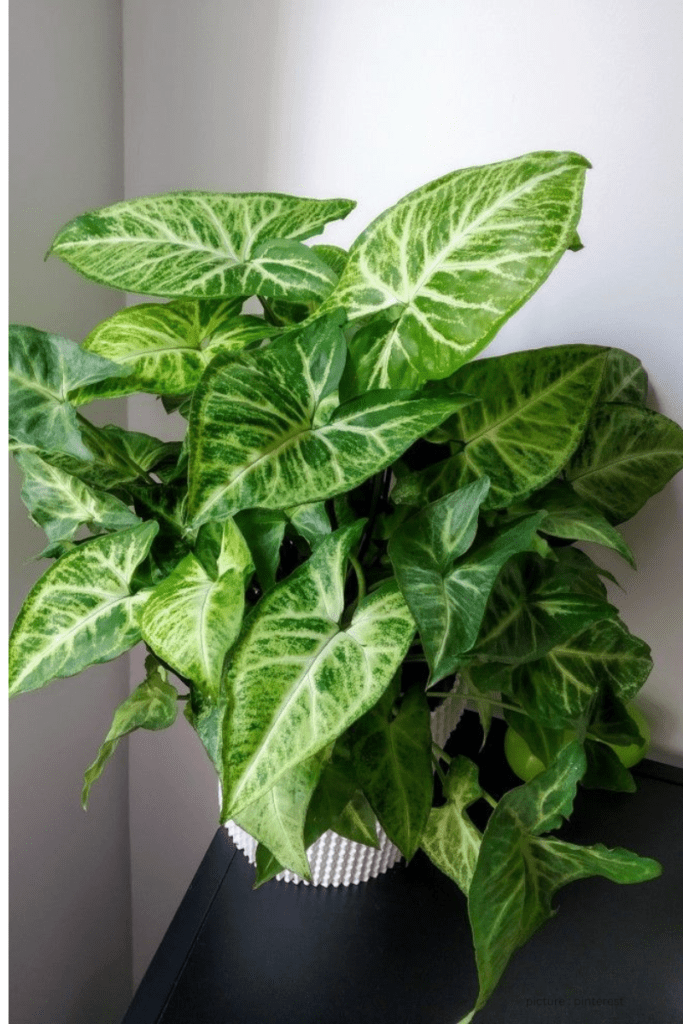
Frequently Asked Questions (FAQs)
Q : Can Syngonium grow without sunlight?
A : The whole Syngonium family are surprisingly tolerant of low light, but I recommend medium to bright indirect light for the pink varieties. Avoid direct light though, or you may burn those gorgeous leaves. Keep in mind also that brighter light helps leaves become more pink, but only to a point.
Q : Are Syngoniums good indoor plants?
A : Syngonium/ Goosefoot plant/ Arrowhead Vine is an excellent houseplant for low light (no matter what you call it!). Popular for more than a hundred years, arrowhead plant has withstood the test of time because it’s both attractive and easy to grow.07-Mar-2018
Q : Can I keep Syngonium plant in bedroom?
A : Syngonium is a superb indoor plant and looks stunning with its glossy, textured, and patterned leaves. Making it an excellent option to decorate bedrooms, living rooms, windowsills, tabletops, and corridors in decorative pots. This gorgeous houseplant prefers bright light but also thrives well in a semi-shaded area.
Q : Does Syngonium climb or hang?
A : Syngoniums are very adaptable house plants, you can train them to trail or climb, depending on the effect you want to create, whether that be hanging over the side of a shelf or growing up a support. Older plants will need tying onto supports but as new growth appears, it will adhere to the support on its own.
Q : Do Syngoniums need fertilizer?
A : If provided with appropriate light and moisture, Syngonium can grow crazy fast! Thus, they need food. A Syngonium would need to be fertilized regularly during the growing season (March to October).
Q : Is Syngonium a rare plant?
A : With its yellow variegation, the Syngonium is a very special rarity among houseplants. As its leaves unfurl, they are light green. With later stages of growth, they become darker and the characteristic yellow variegation becomes visible. These small spots make the Syngonium Podophyllum Aurea Variegata unique.
Conclusion
In conclusion, Syngonium is indeed an indoor plant that offers a host of benefits. Its adaptability, low maintenance requirements, air-purifying properties, and aesthetic appeal make it a perfect choice for enhancing your indoor environment. By following the care tips outlined in this guide, you can enjoy the beauty and benefits of Syngonium in your home or office.
About The Author

Pruthvirajsinh
THE WAY YOU NEED IT
Connect with us
Recent Posts
- Decorate Your Home Space With Artificial Grass In 2023
- #1 Top 5 Creative Festive Garden Decor Ideas
- #1 The Most Easy Way to Protect Your Plants From Frost In USA
- #1 BEST TULSI REDUCES ACTIVE ACNE IN 2023
- #1 Best 7 indoor plants that people with amazing-smelling homes use to scent their spaces naturally
Information


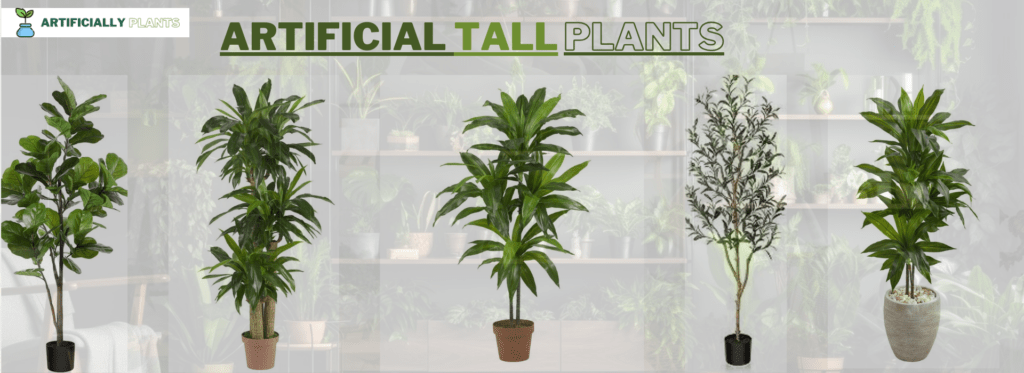
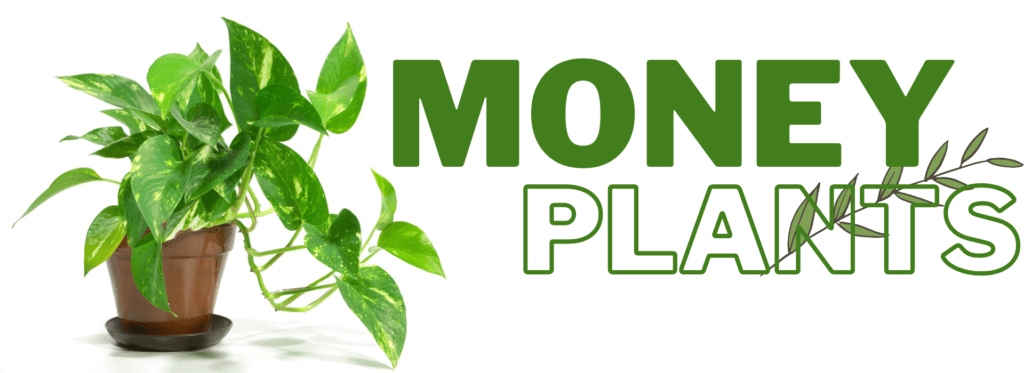

Decorate Your Home Space With Artificial Grass In 2023

#1 Top 5 Creative Festive Garden Decor Ideas
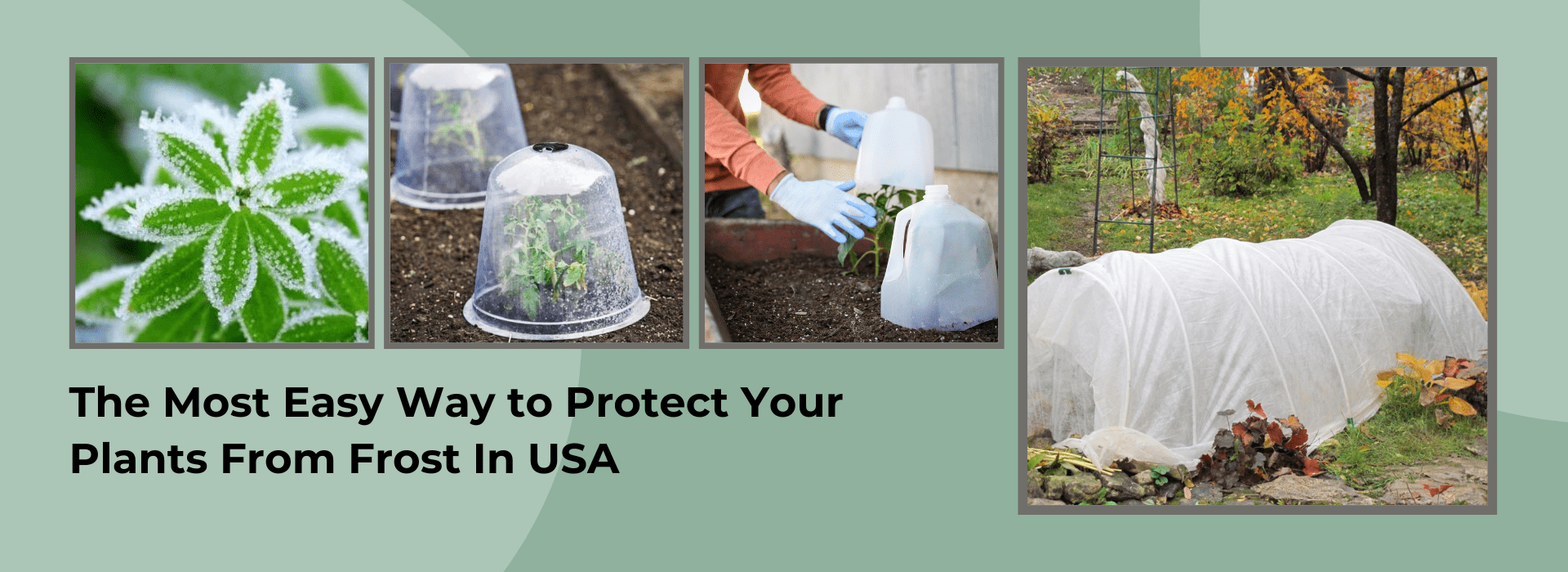
#1 The Most Easy Way to Protect Your Plants From Frost In USA
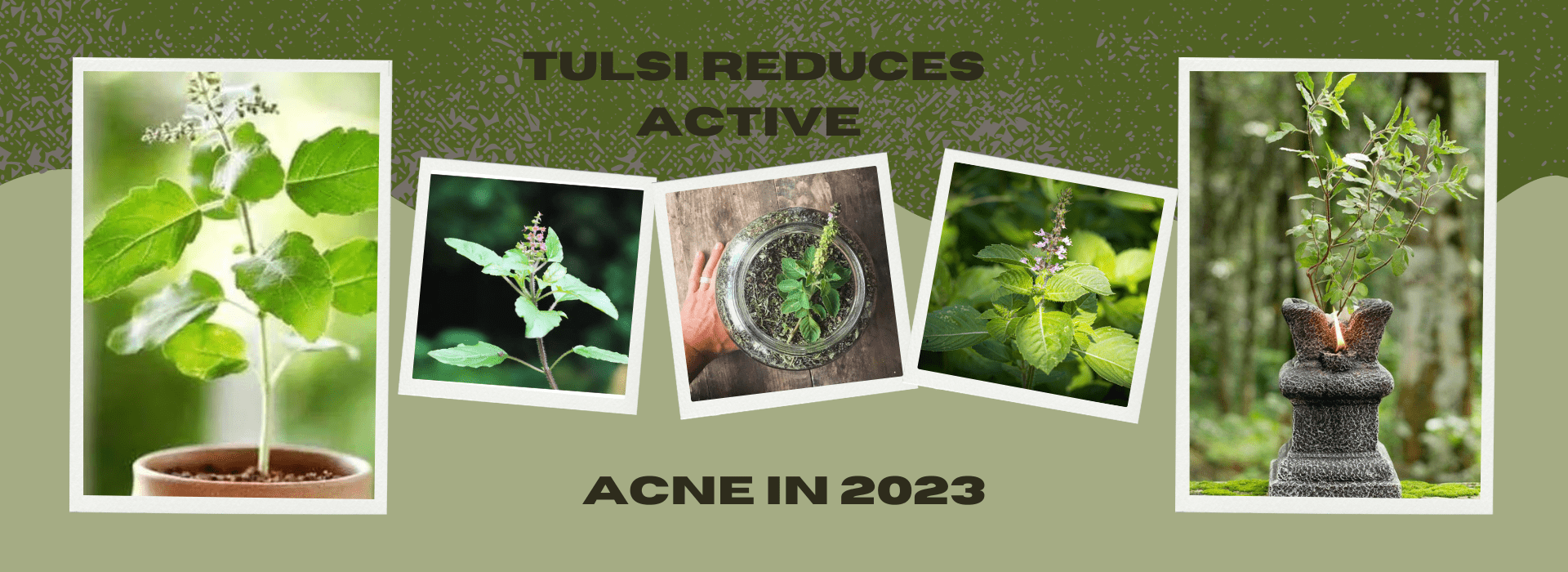
#1 BEST TULSI REDUCES ACTIVE ACNE IN 2023

#1 Best 7 indoor plants that people with amazing-smelling homes use to scent their spaces naturally


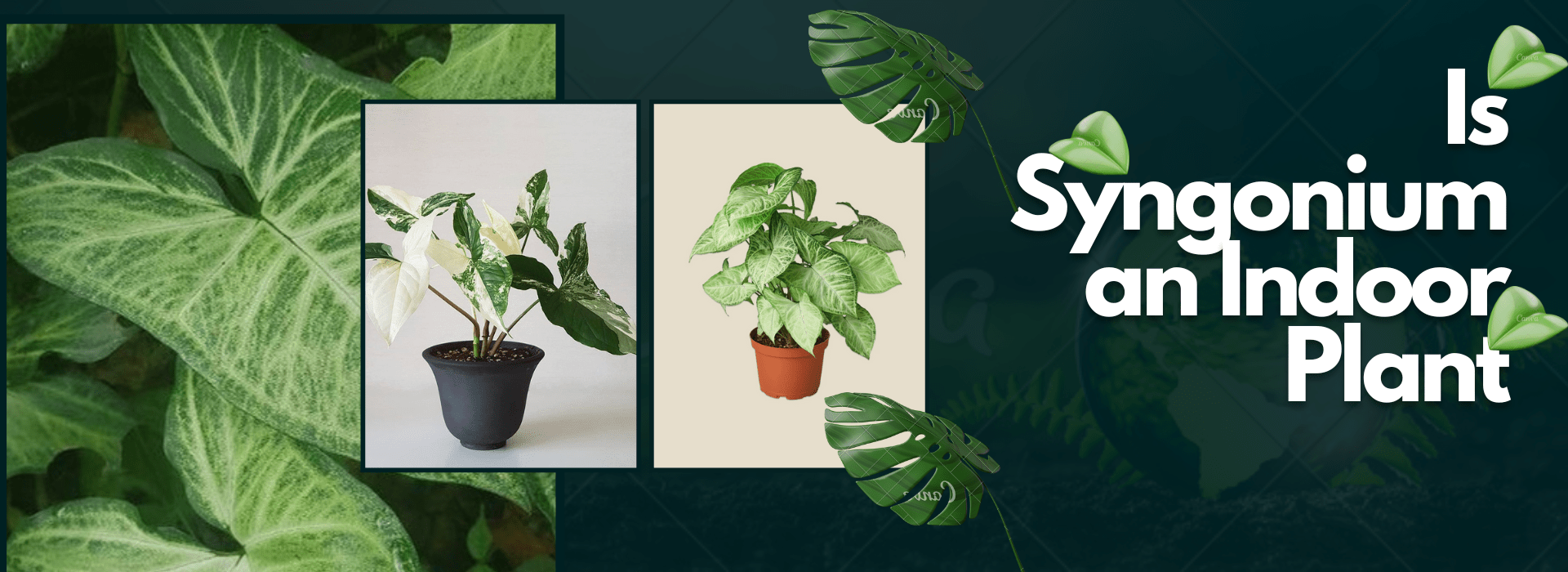




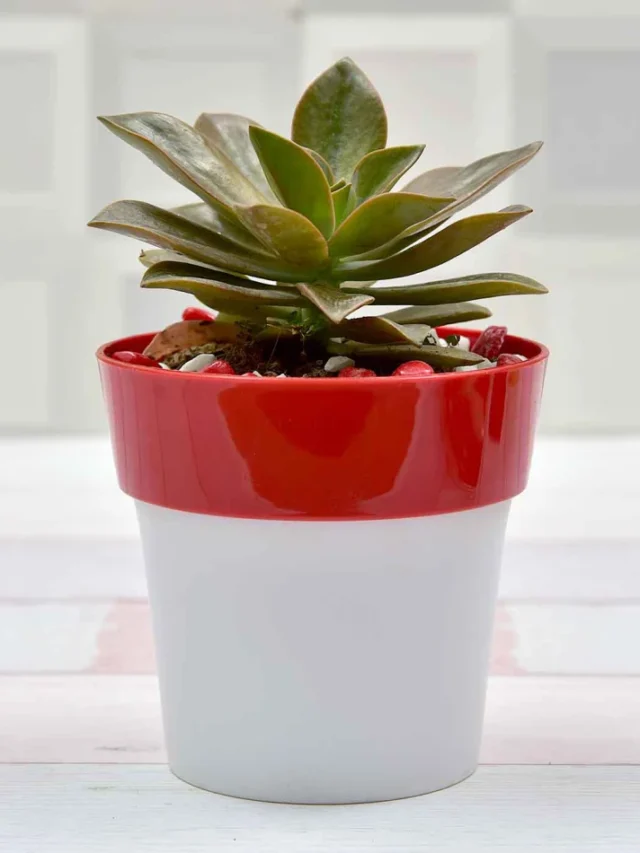
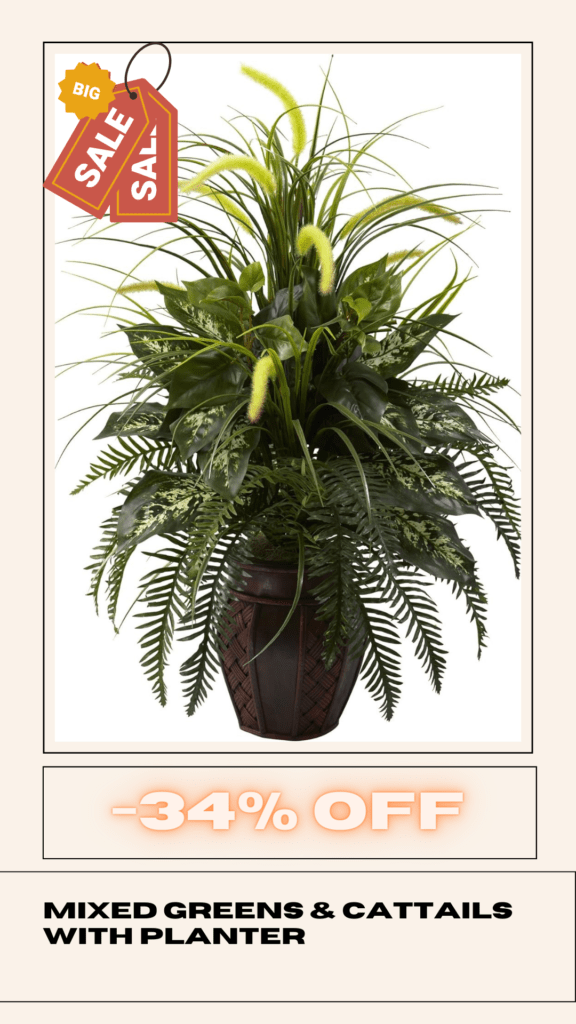

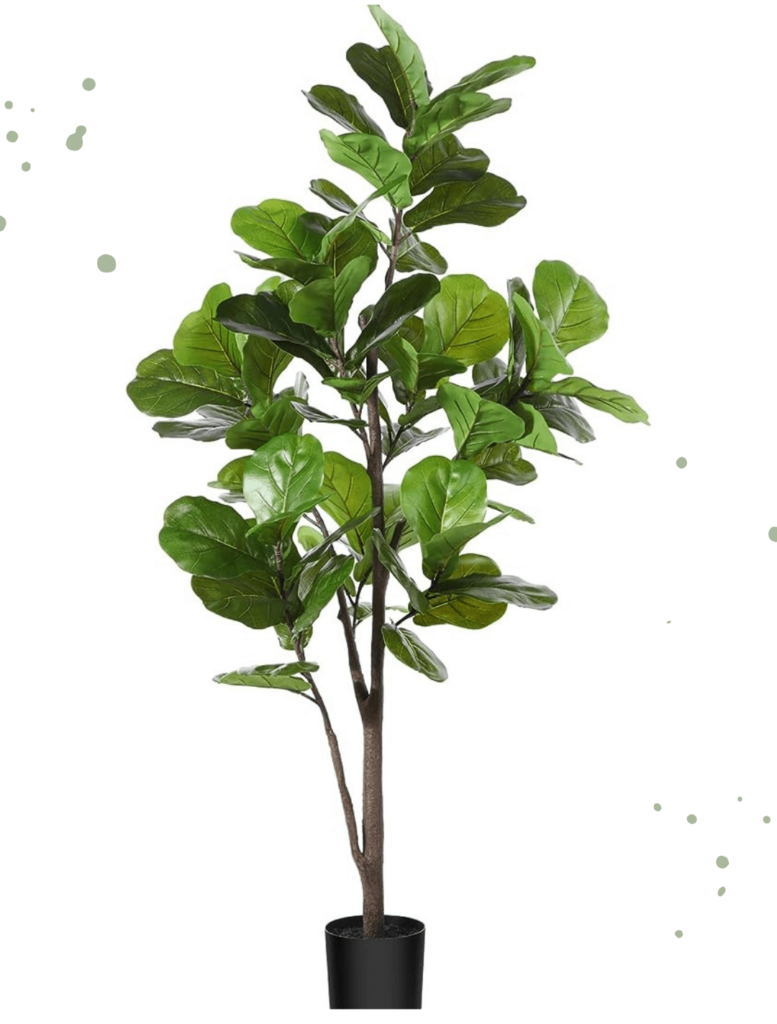


Recent Comments